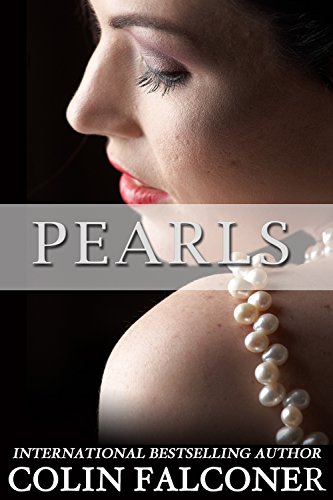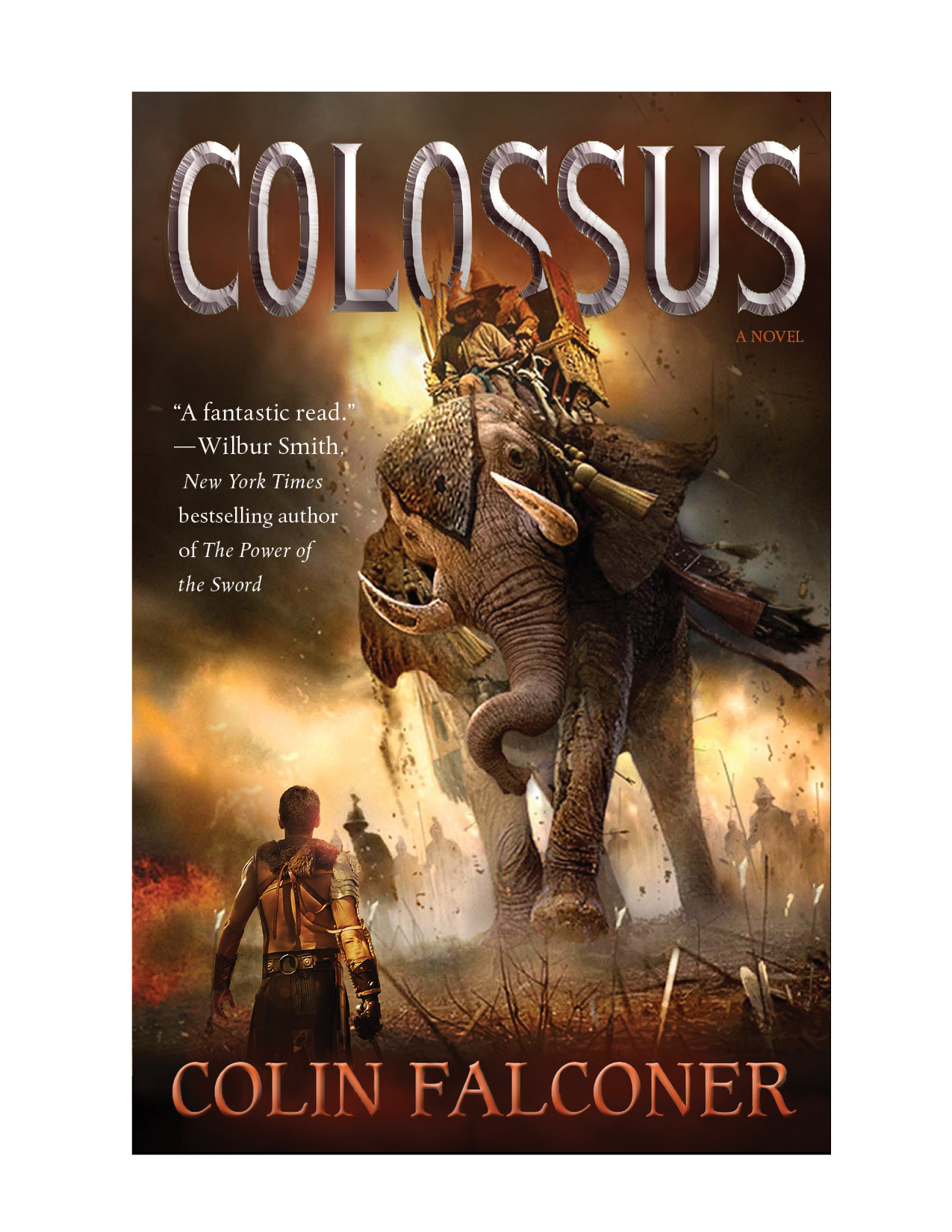
Come and join me at the Falconer Club, for selected excerpts and to get free Exclusive Review Copies of my books. JUST CLICK THE FACEBOOK LOGO AT TOP RIGHT!
1. THE CROW LOOK
Doctors in the Middle Ages did not look like George Clooney, wear stethoscopes around their necks and drive Ferraris. They had beaks and carried long sticks. In fact they looked more like crows about to conduct a symphony.
For most of history medicos did not know what caused disease. The best medical advice was based on the ‘miasma theory’ - bad air. People thought breathing the same air as a sick person was how disease was transmitted.
So doctors in the time of the Plague looked like this.
The beaks on the bird masks were stuffed with spices and rose petals to sweeten the air - a buffer to the bad smells that they believed carried disease. The sticks they carried were for lifting up blankets and prodding people so they could make a diagnosis without touching anything.
Not that medical diagnosis was difficult in the thirteenth century.
‘Yep, he has the Plague. Put a cross on the door and call me in the morning.’
2. BAD HAIR DAY EVERY DAY
And what about those elaborate wigs you see in eighteenth century portraits and movies about King George and Mozart? (In Britain and Australia judges and barristers still wear them in court.)
Where did that fashion statement come from?
It seems the French are to blame. Their royal line carried male pattern baldness which severely embarrassed King Louis XIII so he took to wearing a periwig.
Soon everyone wanted one. It was a case of the Emperor’s New Rug.
But France back in the 17th century was like Milan; the fashion caught on. By the 1670’s there were more than 200 wig makers in Paris; they were prohibitively expensive however, as it took ten heads of human hair to make just one. So they also became a status symbol, like a hairy BMW or a curly Rolex Oyster. If you wanted to get to the top you had to have something, well, on top.
The craze died off during the French Revolution - people became understandably wary of wearing anything that identified them with the blue bloods. In England the craze died even quicker; the government stuck their snouts in the trough and imposed a huge tax on wig powder, effectively killing off the industry then and there.
3. IS THAT A CODPIECE OR ARE YOU JUST PLEASED TO SEE ME?
In the Renaissance real men didn’t wear tights, they wore a separate hose on each leg; and so the ‘codpiece’ was originally just a piece of linen to cover the gap. For guys, of course, this just would not do. More and more padding was added and at the height of the item’s popularity during the sixteenth century they became quite outrageous. As per the smug-looking fellow below.
Henry VIII’s suit of armor in the Tower of London is particularly intimidating. There are a couple of theories around this. It may be that he wished to intimidate the enemy with his virility; however, it is more likely that his syphilis made it too uncomfortable for him to wear anything too tight.
4. LOOKING A BIT RUFF
This bizarre fashion accoutrement evolved from just a small piece of fabric that was worn at the drawstring of the shirt or chemise that served to keep the wearer’s doublet from becoming soiled at the neckline.
The discovery of starch allowed these items to be made wider without losing their shape, and they were then set into even more elaborate figure-of-eight folds by the use of heated goffering irons.
At the height of their popularity in the sixteenth century they could be more than a foot wide and needed to be supported with a wire frame called an underpropper.
5. SKIRTING WITH DANGER
If you watch a lot of Jane Austen movies you’ll see women wearing enormous hoop skirts. The hoops were formed by a massive cage of steel or stiff fabric called crinoline that was worn under a skirt to keep it to a fashionable shape.
But this was perilous fashion. The hoop skirt was susceptible to wind gusts; there are stories of women walking too near the ocean and being swept out to sea, with the crinoline acting as a sort of sail. There were other perils also; the hoop could get caught in a carriage wheel and drag the wearer under. Poet Henry Wadsworth Longfellow’s second wife knocked over a candle with her skirt and died from burns.
The worst hoop skirt disaster occurred in Chile in 1863, when between two and three thousand people died in a church fire when women in these skirts tried to escape and formed an impenetrable barrier in front of the doors, making it impossible for anyone to get out.
6. THE BATTLE OF THE BULGE
The corset was more like an instrument of torture than a fashion device. Used as an artificial means of staving off a gym membership, the device was made doubly unpleasant for the wearer if it was tight laced. Some women suffered acutely for their artificial abs and heaving bosom.
In 1903, a Mrs Mary Halliday of Niagara Falls became the first woman to fall victim to this undergarment when two pieces of corset steel sprung loose and lodged in her heart.
But they were not generally lethal, just incredibly uncomfortable. Imagine having your liver relocated to your shoulder blades just for a few hours of high society.
The only wonder, for these dedicated followers of fashion, that feminism took so long to arrive. But talking of women who liked to defy convention …
When fiery and idealistic Kitty O’Kane escapes the crushing poverty of Dublin’s tenements, she’s determined that no one should ever suffer like she did. As she sets out to save the world, she finds herself at the forefront of events that shaped the early twentieth century.
While working as a maid, she survives the sinking of the Titanic.
As a suffragette in New York’s Greenwich Village, she’s jailed for breaking storefront windows.
And traveling war-torn Europe as a journalist, she’s at the Winter Palace when it’s stormed by the Bolsheviks.
Ultimately she returns to her homeland to serve as a nurse in the Irish Civil War.During Kitty’s remarkable journey, she reunites with her childhood sweetheart, Tom Doyle, but Tom doesn’t know everything about her past—a past that continues to haunt her. Will Kitty accept that before she can save everyone else, she needs to find a way to save herself?
Or will the sins of her past stop her from pursuing her own happiness?

Like this:
Like Loading...
Related














Leave a Reply